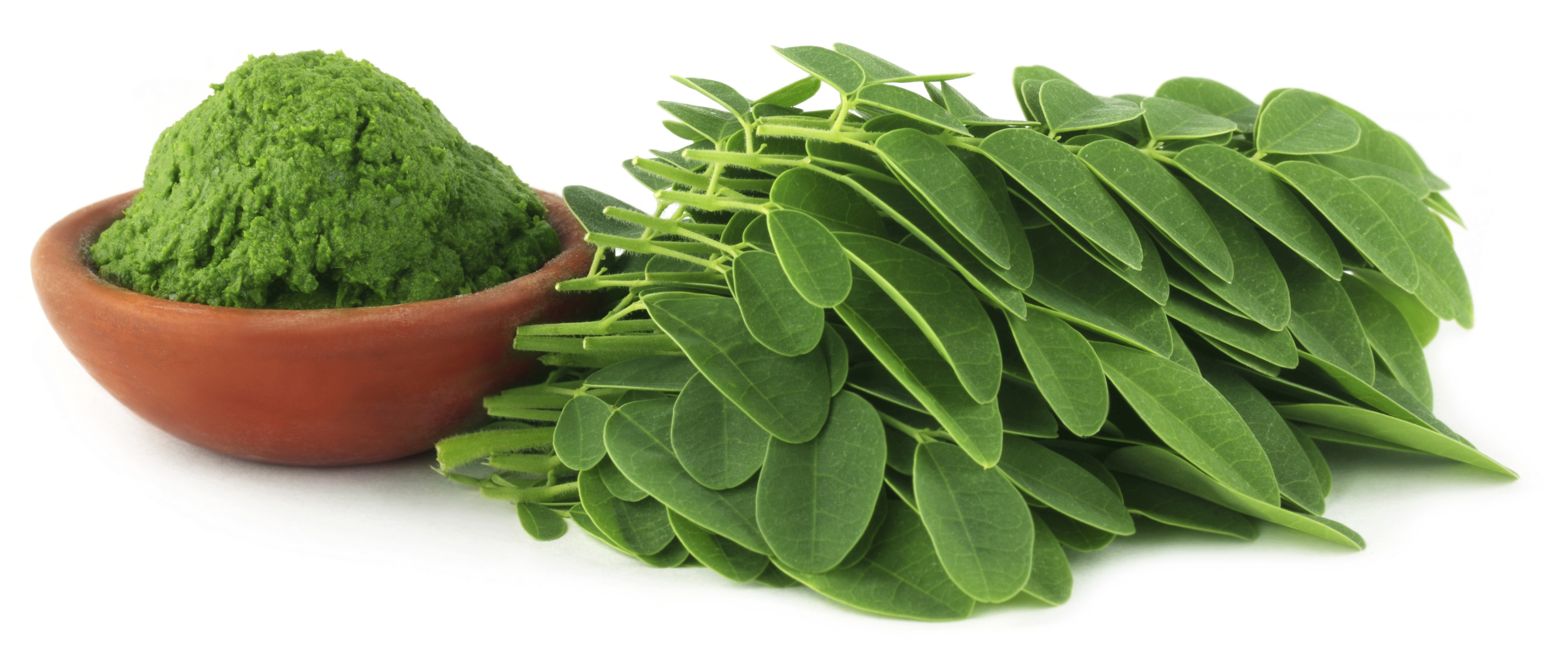Scienfically called “Moringa Oleifera”, it is known as “Malunggáy” in the Philippines, “Sajina” in India; “Drumstick Tree”, “Horse Radish Tree, or “Ben Oil Tree” in English; and “La mu” in Chinese.
Malunggay, native to India, was introduced to the Philippines to fight malnutrition in children. It is a popular plant known for its nutritional value as well as a herbal medicine. Malunggay is widely used as vegetable ingredient in cooking, as herbal medicine for a number of illnesses and other practical uses. The malunggay plant can grow to as high as 9 meters with erect white trunks. The compound leaf has about 3 to 9 leaflets. Malunggay has white fragrant flowers that produce long pods with 3-angled winged seeds.
Malunggay may be propagated by planting its seeds about an inch into the ground or through matured malunggay stem cuttings of about 3 feet in length that are put into the ground. Planted malunggay cuttings grow faster compared to planted seeds.
A malunggay decoction may be used for washing sores and wounds. Boil malunggay roots and let it cool to tolerable warm temperature before using it to wash wounds and sores. The same decoction may also be used to wash mouth sores and sore throats. A malunggay poultice containing its seeds, leaves and bark may be applied topically to swollen flesh to relieve inflammation. Malunggay oil may be taken internally by being mixed with food. It was known to be a powerful antioxidant used by the early people from Egypt. Malunggay oil is widely used as an oil base for perfumes and cosmetics. The oil is extracted from pressed malunggay seeds.
BENEFITS
Malunggay combats malnutrition especially among infants and nursing mothers who especially need vitamins A, B and C, calcium, iron and protein. It widely used to increase the flow of milk for lactating mothers.
Malunggay leaves contain a compound called “pterygospermin” that is known in medical science as having anti-microbial, anti-bacterial, and anti-fungal properties.
Malunggay contains benzyl isothiocyanate. There are many studies have shown that chemical compounds derived thereof have anti-cancer and chemo-protective capabilities. This chemo-protective aspect is critical for those who are battling cancer as it strengthens cells so that they can tolerate chemotherapy more easily. Malunggay is also considered in the treatment of prostate cancer and skin cancer.
Malunggay is traditionally used to prevent and treat inflammation associated with rheumatism, arthritis and joint pains.
Malunggay pods may be eaten raw or may also be fried with peanut similar taste. My father puts them in his curry. Malunggay leaves and flower may also be cooked together with other vegetables and meat to form soups or viands.
If you’re looking into living a very long life and staying young and healthy, then moringa might be the herb for you. The secret lies within how cells in your body die. Did you know there are only TWO ways for a cell in your body to die? One way is through the process of apoptosis where a damaged cell signals for a white blood cell to come and destroy it thoroughly. The result is that no leftover part of the cell to damage other cells. The other way is through necrosis where the destructive process cells go through unassisted; electrons fall off into other cells wrecking havoc and causing everything we know as aging, including non-genetic diseases. They become free radicals. The result is the body ages, develops cancer, heart disease, arthritis, tumors, high blood pressure, etc. Theoretically, if you could stop necrosis from happening, you would stop aging completely and live healthy forever!
The only defenses we currently have against necrosis are antioxidants. Antioxidants are natural compounds shown to block or ‘soak up’ the extra cell parts (free radicals) left over from necrosis. The result of that is slower aging and less illness.
There are thousands of compounds in nature that are considered to be antioxidants, but they are always found in very small concentrations. The most powerful antioxidant on earth is dried moringa leaves. Antioxidants and anti-inflammatory compounds work best when combined with other antioxidants and anti-inflammatory agents.
Moringa’s list of antioxidants is impressive: Vitamin A, Vitamin C, Vitamin E, Vitamin K, Vitamin B (Choline), Vitamin B1 (Thiamin), Vitamin B2 (Riboflavin), Vitamin B3 (Niacin), Vitamin B6, Alanine, Alpha-Carotene, Arginine, Beta-Carotene, Beta-sitosterol, Caffeoylquinic Acid, Campesterol, Carotenoids, Chlorophyll, Chromium, Delta-5-Avenasterol, Delta-7-Avenasterol, Glutathione, Histidine, Indole Acetic Acid, Indoleacetonitrile, Kaempferal, Leucine, Lutein, Methionine, Myristic-Acid, Palmitic-Acid, Prolamine, Proline, Quercetin, Rutin, Selenium, Threonine, Tryptophan, Xanthins, Xanthophyll, Zeatin, Zeaxanthin, Zinc.
Anti-inflammatory compounds include Vitamin A, Vitamin B1 (Thiamin), Vitamin C, Vitamin E, Arginine, Beta-sitosterol, Caffeoylquinic Acid, Calcium, Chlorophyll, Copper, Cystine, Omega 3, Omega 6, Omega 9, Fiber, Glutathione, Histidine, Indole Acetic Acid, Indoleacetonitrile, Isoleucine, Kaempferal, Leucine, Magnesium, Oleic-Acid, Phenylalanine, Potassium, Quercetin, Rutin, Selenium, Stigmasterol, Sulfur, Tryptophan, Tyrosine, Zeatin, Zinc.
There are over 46 antioxidants and 36 anti-inflammatory compounds all naturally occurring in the Moringa plant. This is why people prefer moringa as the best natural source of anti-oxidants.




